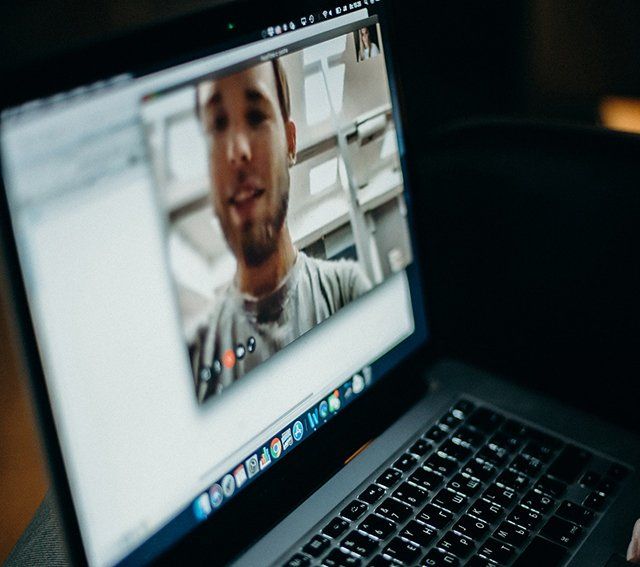IT Security Tips for Safe Video Conferencing
Video conferencing has always been a common tool to use to communicate with employees whether they are at the office or working remotely. With the current surge of employees transitioning to working from home due to the health concerns of COVID-19, the usage of video conferencing has significantly jumped up. The ability to chat through an online meeting app provides a useful solution for team members to continue to have their face to face meetings. However, with the switch to video conferencing, employees should also know how to stay secure. Hackers and cyber criminals are always looking for new ways to attack and with video conferencing on the rise this is another angle for a cyberattacker to use as another way to travel into a network. IT security should always be practiced by team members in order to maintain a secure IT environment. Here are some helpful IT security tips for employees to practice in order to stay safe when video conferencing.
Check Your Video Invite
Make sure the link you received for your video conferencing meeting is coming from a credible source. Only click on meeting links from someone you know. If you don’t know the person who sent you the link, don’t click it! It could be a phishing scam. Do some extra research and check first to make sure the person who sent you the link to the online meeting is the person hosting the meeting or that they are attending the meeting.
Screen Sharing Options
Keep screen sharing options just for the host to control. This is especially important if you are using zoom. This way you are protected in case anyone should try enter the meeting uninvited and take over screen sharing controls.
Password Protect Your Online Meetings
Always make sure to password protect and send out a password to whom you are inviting to an online meeting. It is important to create a strong password for your video conference meeting so it stays safe and secure. Especially if you will be discussing sensitive information about your company during this meeting.
Keep A Watchful Eye
As a host of a virtual meeting, one should keep a watchful eye on who is attending. Have your roster for the meeting written out ahead of time so you can compare during the meeting who has joined. Therefore, you can detect if any anonymous or unrecognizable guests have entered the meeting. Anyone who enters an online meeting who you do not recognized should be required to confirm to you who they are before you continue on with your meeting.
Stay Up-To-Date
Keep your online video conferencing apps always up-to-date and make sure to be using the latest software.
Sharing Meeting Information
When sharing an invite for a meeting, whether it is a link for where to meet, the password for the online meeting or a summary about the meeting once it has concluded – share this information in a safe place such as in an email. Or thru your Google or Outlook calendar as long as they are on a secure network. Do not share openly such as in a social media setting. Sometimes it is more convenient to share information quickly in a setting that is readily available to us, however, it may not be secure. Choose an option that will offer the most security when it comes to sharing info about your virtual meeting.
Secure Network
Always be sure to run your online meeting using a secure Wi-Fi network or a VPN.
Employee Training
Work together with your managed IT services provider to learn more about what type of employee training you can offer your team so they are educated on how to keep safe during a video conferencing meeting. Offering employee training to your employees is a great way to help maintain a secure environment. Give your employees the tools they need so they can learn more about how to be safe and make good IT security choices.
Google and Microsoft
Lastly, for all Google G Suite and Microsoft 365 clients – these platforms offer highly secure online meeting platforms with a series of tools that can come in handy for video conferencing. Check with your local IT services provider to learn more about how these programs can help your team.
For more information on how to stay safe and set up a secure network for video conferencing, please give us a call today.
The post IT Security Tips for Safe Video Conferencing appeared first on SDTEK | San Diego, CA.



